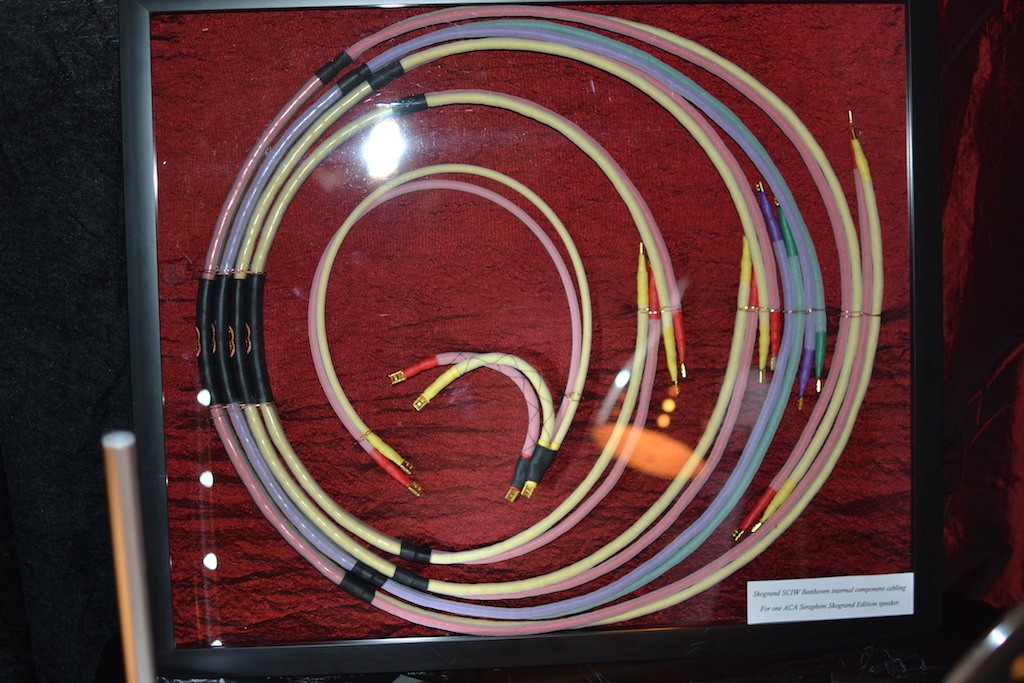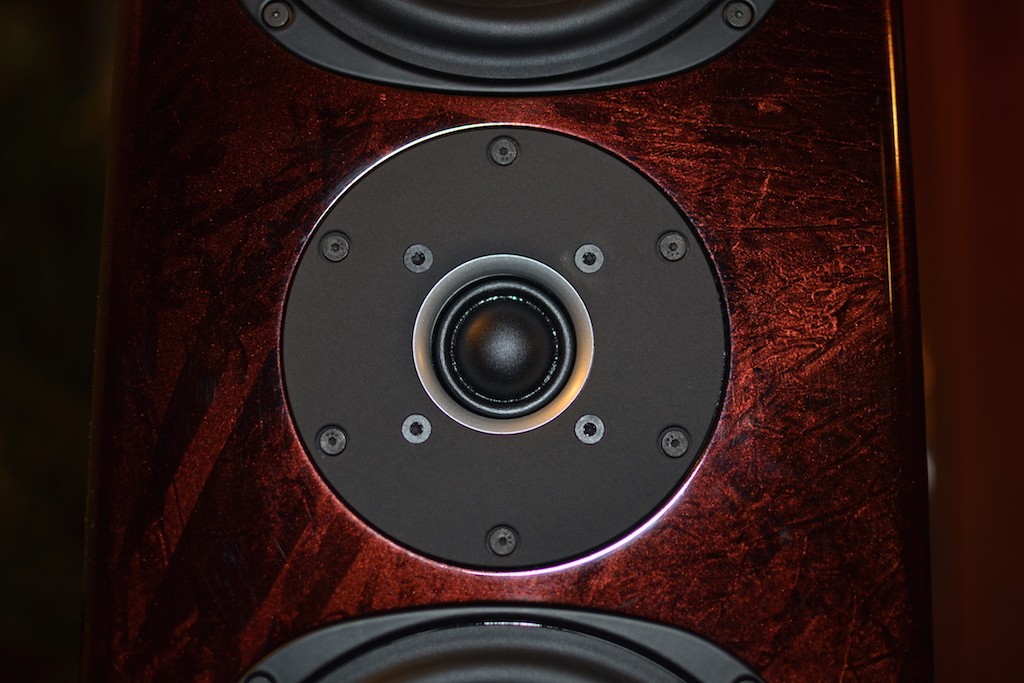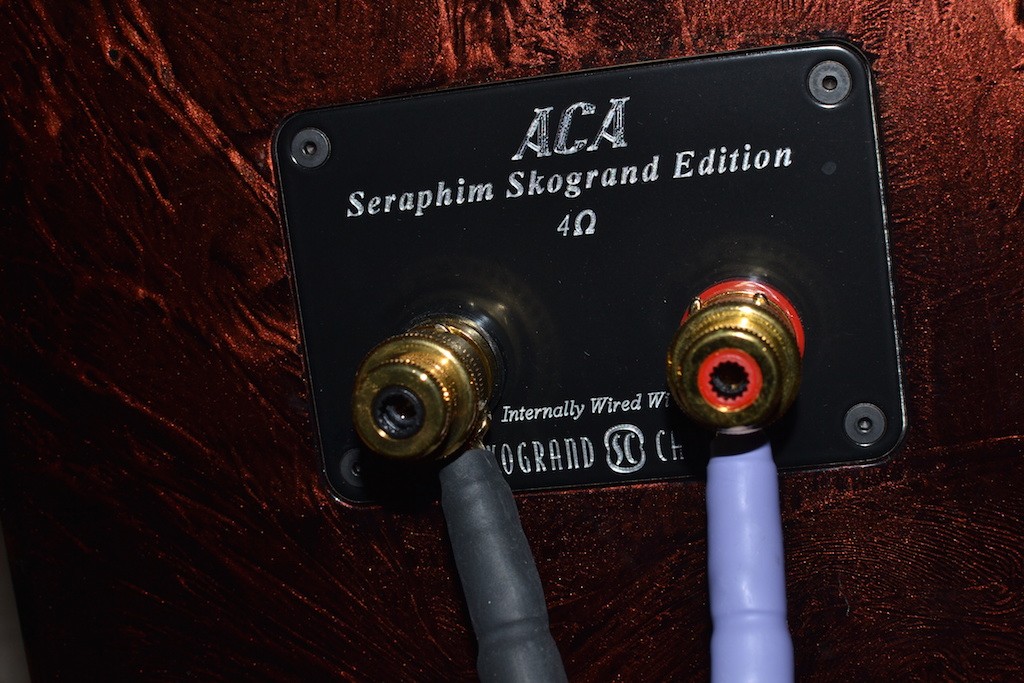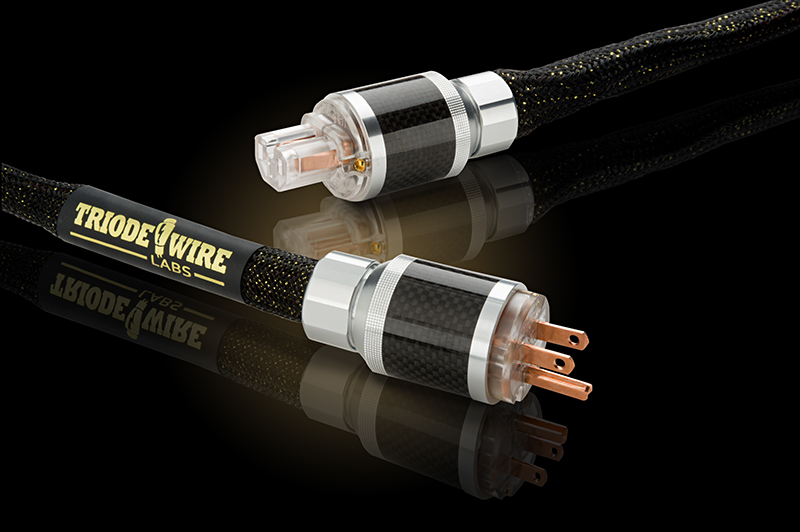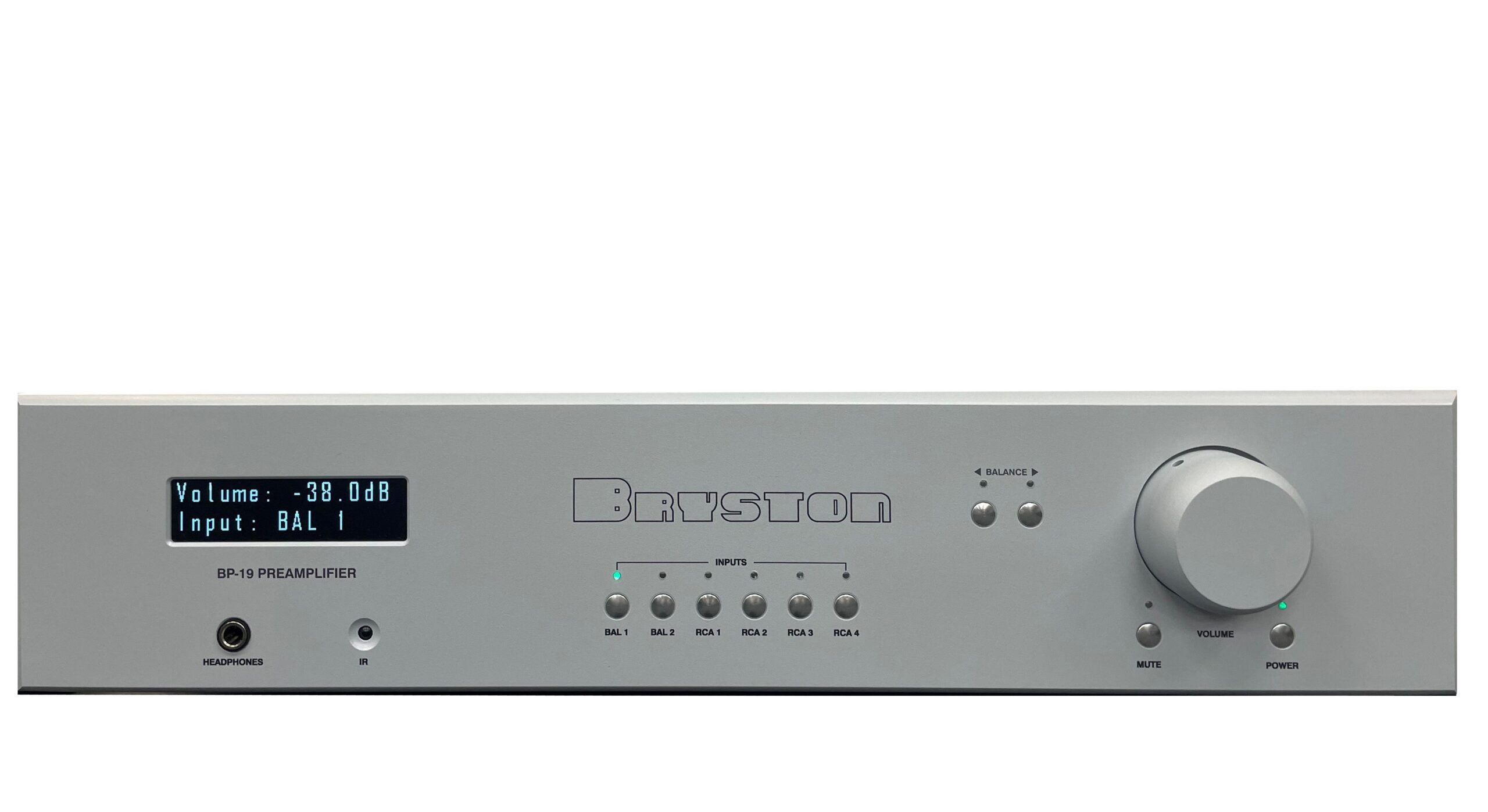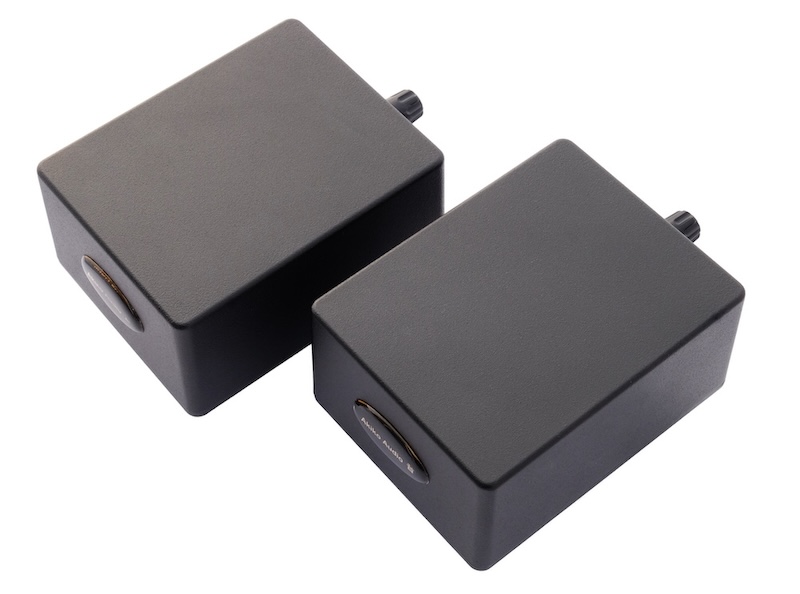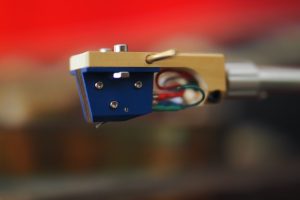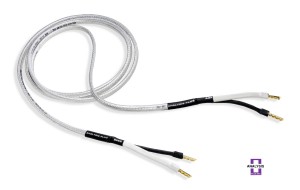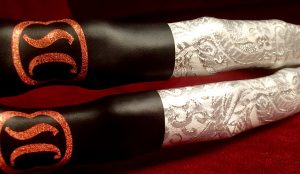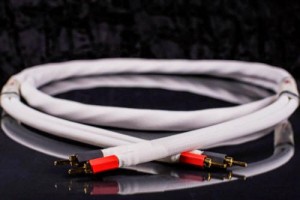Over the past couple of decades, many of my audiophile friends have often questioned my preference for well designed, intelligently engineered 2-way speakers over their 3-way counterparts. This preference has been based not just on listening tests but also on the fact that 2-way speakers enjoy some significant advantages over all but the very best and sometimes obscenely priced 3-way speakers. It is generally accepted that it is significantly easier to design a crossover network that coherently blends two drivers as opposed to achieving the same level of top to bottom continualness when trying to blend the output of three different drivers.
Many of the three-way speaker systems I have reviewed deliver sound that is relatively incoherent, mainly because having three sets of drivers creates an additional cancellation node which adds even more to the problem. In fact I have heard a few three-way systems from highly reputed brands where I could plainly tell that the three drivers sound quite separate from each other, and that is a far cry from what you hear at a live performance. I have also found that, generally speaking, it is easier to design and build a speaker system that sonically disappears and creates a solid, holographic and believable sound stage when it is a two-way system rather than a three-way design.
With the torrid pace at which the field of speaker design has been advancing, I knew that it was only a matter of time before someone would design a 3-way speaker system that delivered coherence and top to bottom continualness that approached the best 2-way speaker systems while retaining the advantage of a 3-way system which generally tends to have better bass reproduction. That finally happened in late 2015 when I received for review, a pair of ACA (Angel City Audio) Seraphim SE Speakers to review. The original ACA Seraphim has already garnered widespread praise for offering shockingly good performance and value at its price point. The SE version is around four times the price of the original version. Is the performance worth the exponentially higher price? That is what this review is mandated to find out.
The ACA Seraphim SE is the world's first pair of speakers to feature Skogrand SCIW Beethoven cables for its internal wiring. Each speaker pair contains 23 meters of this premium cabling which has a single grain crystal, solid core Ohno Continuous Case copper conductor inside a 1.00 air dielectric. The driver units for each speaker consist of three identical 16.5 cm cone woofers, two doing woofer duty and one tasked with handling the midrange frequencies. These drivers, which are custom-made to ACA specifications, have oversized magnet structures to boost their efficiency. They have an inverted dust cap and a cellulose pulp fibre oriented membrane that is associated with a peripheral suspension and a low diffraction surround.
The core of the speaker has a copper ring which limits the creation of the (eddy) current induced in the pole pieces. According to Hugh Nguyen of ACA, this results in a significant reduction of distortion and intermodulation odd harmonics and a more linear bandwidth. Hugh claims that the large diameter of the coil and the dimensions of the engine contribute to higher power handling and a better level of sensitivity.
The woofer/midrange drivers are complemented with a SEAS T29FC002 (Crescendo) 29mm soft dome, lightly horn-loaded tweeter that employs a radially arranged Neodymium magnet to improve cooling and minimize turbulence behind the dome. The tweeter and midrange operate together in separate isolated and sealed enclosures while the two woofers have their own separate ported enclosure that vents through a large port that is equipped with bass trim rings and flared to minimize chuffing.
For the Skogrand Edition, the Seraphim's crossover has been completely redesigned. The parts used have been selected after carefully listening to how various components synergise with each other. The crossover components include all foil and round-wire air-cone inductors, metalized-film, waxed paper and foil type capacitors and non-inductive wire-wound resistors. All these components have been installed using silver-content solder to ensure better conductivity. The crossover slopes have been selected to optimize the blending of the various drivers after taking into consideration their individual response characteristics. Here extensive listening tests were conducted to fine-tune and arrive at the best possible crossover points which ended up at 2kHz 4th order for the midrange to tweeter and 400Hz, 2nd order for the woofer to midrange. All the connection points between the drivers and the crossovers have gold plated copper connectors. Behind each speaker is one set of a WBT gold-plated 0705Cu NextGen binding posts. This speaker has been designed to work best without bi-amping or bi-wiring. I was told by Lee Matuszczak of the design team that a bi-wiring option was tested on an early prototype of the Seraphim SE with the crossover internally bi-wired at its input terminal but it was difficult to find transparent, high-quality jumpers for customers who elected not to bi-wire. Also, the listening tests showed that bi-wiring did not provide any significant performance improvement which resulted in a final version without the bi-wiring option.
The Seraphim SE's enclosure is constructed of 25mm MDF and employs multiple layers of bracing to improve rigidity and reduce internal vibrations and cabinet resonance. Baffles and ledges are employed in the bass enclosure to reduce ‘pipe organ' standing waves and the interior wall of the cabinet is covered with damping pads as well as other multi-layer vibration control material to prevent them from adversely adding any unwanted resonance. The drivers have been mounted on to the baffle with Allen-head screws to make them more resistant to loosening and also to minimize the possibility of stripping. All the outside edges of the cabinet have been rounded to head off cabinet diffraction, which would result in response variation. The side cabinet walls are not parallel to each other. They are nearer to each other at the top compared to the bottom. This pyramid-like design helps reduce standing waves inside the cabinet. The outside of the cabinet has an exquisite finish executed with a paint that is formulated especially for ACA which is then coated with 14 layers of lacquer for a high gloss piano finish, which definitely enhances the wife acceptance factor of these speakers.
Specification-wise the ACA Seraphim SE delivers a frequency response of 28Hz to 21 kHz +/- 3dB. It has a nominal impedance of 4 ohms and a relatively high sensitivity of 91 dB/2.83Vrms at 1 meter. The speaker dimensions are 15cm (top width) / 25cm bottom width) X 44cm (depth) X 124.7cm (height). The base is 54.6cm (depth) X 36cm (width) X 2.5cm (without the spikes). Each speaker (unboxed) weighs in at 96 kgs. The recommended minimum amplifier power is 15 watts. The speakers come with a 3-year parts and labour warranty.
I put the speakers through 180 hours of break-in time before I began the audition. I located the speakers in my auditioning room using the Cardas method. The first thing that struck me was the incredibly accurate tone and timbre delivered by these transducers. The PRaT got my head bobbing to the more rhythmic tracks. However try as I might, I could not get the ACA SE to image well. I tried tweaking the speaker location and even moved some the acoustic panels my listening room, but to no avail. Then on a hunch, I measured the alignment of the speakers and found them to be a bit off. This was frustrating because I could do nothing about it because the speakers did not come with height adjustable spikes. I enquired about the lack of spikes and Lee Matuszczak mentioned that this was a tough decision on the part of the design team. They eventually decided to offer the speakers without spikes because their tests showed that it performed very well in a variety of listening environments without spikes because the speaker's weight and footprint provided the stability and solid foundation for the drivers to work well. The design team also acknowledged that there would be certain listening environments where the speakers would benefit from spikes and so the bases have been pre-drilled for threaded inserts, which the customer could use to insert spikes.
Obviously, my listening room fell into the category where the ACA SE Speakers would need spikes to optimize their performance and so I requested for spikes. A set of gold Soundcare Superspikes were promptly brought and installed on the speakers. After adjusting the spikes to properly align the speakers I gave them another listen and found that it made a significant difference. The sonic image snapped into place and they then sounded like a completely different set of speakers. This was just before the TAVES 2015 Show in Toronto and since these speakers were required for this Show, the auditioning for the review would have to wait till after the Show. As a side note, at TAVES, these speakers were a real stand out, thoroughly impressing many visitors. A few reviewers even named the Skogrand Room as having the best sound at TAVES. Despite being demoed in a relatively small room, I did not hear any speakers at or below the $50,000 price point at TAVES, which could match the sheer realism of these speakers.
After getting back the speakers from TAVES, I began the audition with the awesome Sheffield Lab's James Newton Howard and Friends album titled Rock Instrumentals for Synthesizers, Drums and Percussion. This album was produced and engineered by Bill Schnee as was performed live to two-track. I played the "L'Daddy" track and revelled in how well it was reproduced. The leading edges of every note had just the right weight to it without being strident. The decay was also rendered quite accurately.
I played "If" by Bread and it sounded as clean and pristine as I have ever heard it. Each guitar pluck was distinctive and incredibly well defined. Every turn of phrase of the lyrics came through with all the emotion that the singer embedded into them. There was also a lot of air around each musical instrument and the low noise floor allowed subtle details and nuances to emerge with commendable clarity.
Listening to "Touch" by Christopher Hardy on the ACA Seraphim SE was quite an experience. The sound of the bells on this track sounded very well defined. The Police classic "Walking on the Moon" is one of my all time favourite tracks and the instrumental version as performed by the Yuri Honing Trio is a true work of music art. The ACA Seraphim SE reproduced this version extremely well. When I heard Cat Steven's "Sad Lisa" through these speakers, the sadness embedded in the wailing violins was very evident.
When I played "The Dog Song" by The Blue Coast Collection, the incredible presence almost put the singer in the room with me. A few of the cues you usually only hear at a live performance, like the controlled breathing of the singer, the overtones of the various instruments, the acoustical properties of the recording venue and the very subtle sounds made by the singers lips parting, were all present.
The Dire Straits staple "Money for Nothing" can be quite a challenge for most speakers because of its very wide dynamic range and complexities. The ACA SE was up to the task, handling this track with aplomb. The slam and dynamic contrast that came through was remarkable. Even at high sound pressure levels, there was surprisingly little compression and distortion, which allowed me to turn up the volume quite a bit and still enjoy the music. I have heard speakers with six-figure price tags that did not have the same dynamics and slam as the ACA Seraphim SE.
Although the bass through the ACA Seraphim SE is quite satisfying, when I added a pair of the venerable JL Audio f112 sub woofers, it allowed the bottom octave to be reproduced with a lot more authority, impact and tunefulness. If most of the music that you listen to has a lot of bottom octave information it would behoove you to add one or two high quality subwoofers to these speakers, as that will truly complete the sonic picture. If you do use subs, it is very important that they be placed in a way that they blend well with the speakers. It took me over an hour of trial and error to get the subs to blend well with the ACA Seraphim SE speakers.
As I mentioned before, hitherto, I had a distinct preference for 2-way speakers but the ACA Seraphim SE caused me to have a change of heart. Here at last, was a 3-way system that had the top to bottom continualness that was surprisingly close to what I thought was the exclusive domain of the best 2-way speakers. This is a tribute to the overall design of these speakers especially the choice of driver units and the crossover network design.
The price of these speakers is not exactly chump change. They have some stiff competition from many very highly regarded speakers that also compete at their $45,000 price point including a few from some very revered brands. However once you give these transducers a thorough audition, like me, I am sure many of you will conclude, they are worthy contenders for your hard earned dollars.
Skogrand
www.skograndcables.com
Angel City Audio




